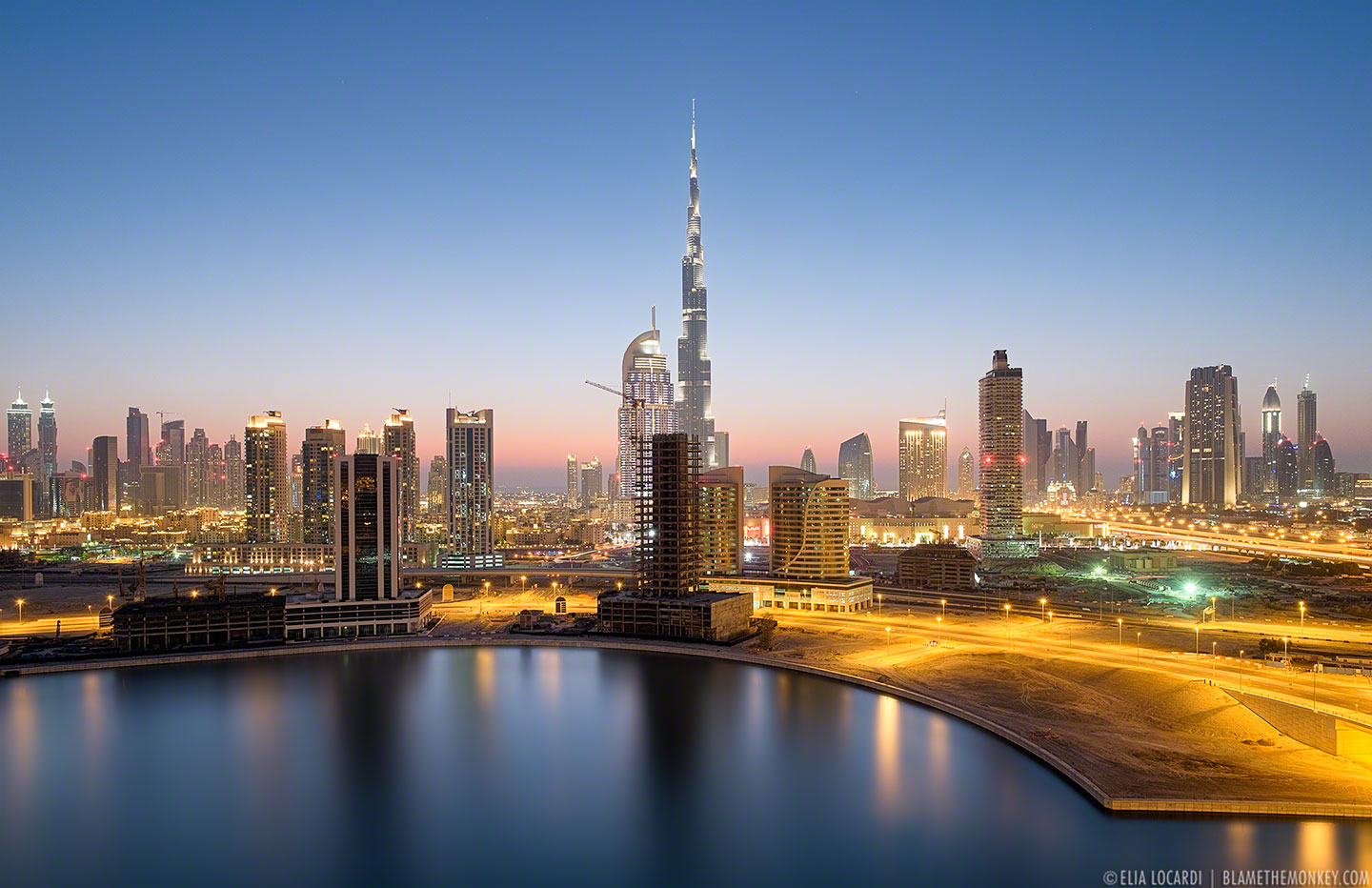Bruno Barbey, Magnum Photographer of War and Peace, Dies at 79
Bruno Barbey, a French photographer for the Magnum Photos agency who produced powerful, empathetic work in war zones as well as in peacetime, died on Nov. 9 in Orbais-l’Abbaye, in northeastern France. He was 79.
His wife, Caroline Thiénot-Barbey, said the cause was a pulmonary embolism.
Jean Gaumy, a Magnum colleague, described Mr. Barbey in an email as “a formidable visual architect” whose pictures told the story of the “transformation and movements of the world.”
In May 1968, when students in Paris ignited a political movement with mass protests against universities and the government, Mr. Barbey photographed enduring images of the rage on the streets: students hurling projectiles at the police; protesters passing cobblestones to one another to build barricades; armed police officers storming fleeing students; demonstrators at night carrying Molotov cocktails on a street already ablaze.

“At one point, I went with Marc Riboud and Henri Cartier-Bresson to buy helmets to protect our heads from all the stones being thrown,” Mr. Barbey told The Guardian in 2014, referring to two other Magnum photographers; Mr. Cartier-Bresson was a founder of Magnum. “We quickly realized that they made it impossible to use our Leicas properly, so we threw them away.”
Three years later, Mr. Barbey was in Northern Ireland photographing its sectarian conflict. On a street in Londonderry, he found several young men edging along one wall of a building and wielding what looked like cricket bats as they prepared to attack British soldiers in riot gear just around the corner.
In Belfast, he came upon an armed British soldier leaning against the remnants of a burned-out car and talking to three boys.
Twenty years later, in 1991, he chronicled the Allied operation to push invading Iraqi forces out of neighboring Kuwait. One photo depicted a half-dozen exhausted and relieved Marines driving away from the burning Burgan oil field. A companion shot showed four camels — demonstrating far less urgency than the Marines — set against the same conflagration.
Photography “is the only language that can be understood anywhere in the world,” Mr. Barbey once said.
Bruno Barbey was born on Feb. 13, 1941, in Berrechid, Morocco, just south of Casablanca, and grew up in various parts of the country: Rabat, Salé, Marrakesh and Tangiers. His father, Marc, was a diplomat; his mother was Marie Clement-Grandcourt. From a young age he knew he wanted to travel the world like Antoine de Saint-Exupéry, the French writer and aviator.
Bruno’s parents sent him to Paris for high school, where he was a “dunce and a thwarted lefthander,” he wrote in his retrospective photographic book, “Passages” (2015). He and his friends skipped classes to see movies by Italian neorealist filmmakers like Roberto Rossellini and Vittorio De Sica.
Mr. Barbey entered Ecole Des Arts et Métiers in Vevey, Switzerland, in 1959 to study photography and graphic arts, but left after a year, because his courses had focused on advertising and industrial photography. He craved the freedom to pursue a single subject for an extended period as the Swiss documentary photographer Robert Frank did in his groundbreaking book “The Americans,” which was published in France in 1958.
Following Frank’s example, Mr. Barbey drove through Italy in a used Volkswagen in the early 1960s, photographing its people in black-and-white in a neorealist style.
“My goal,” he wrote in “Passages,” “was to capture the spirit of the place.”
He caught dozens of moments in the life of a nation: a family racing along on a scooter, each person ebullient save for the pregnant mother; a group of girls whose joyful expressions contrast with that of a doleful beggar holding out his hand behind them; little boys playing with realistic-looking weapons; and a host of other characters like prostitutes, priests, old men and Mafiosi.
The photographs — which would later be published as “The Italians” in 2002 — brought him to the attention of Magnum, where he worked for more than 50 years. In addition to the Paris demonstrations, he covered conflicts in the Middle East, Nigeria, Vietnam and Cambodia and recorded life in China, Brazil, India, Japan and Spain.
He spent much of 1981 in Poland during the rise of the Solidarity trade union, capturing Poles in a period of turmoil and torment. He collected the pictures in “Portrait of Poland” (1982).
“He brought genteel attention to the human experience — with a lot of kindness,” Gilles Peress, another Magnum photographer, said in a phone interview.
Mr. Barbey, whose photographs have been widely exhibited, received the French National Order of Merit and was elected a member of the French Academy of Fine Arts, Institut de France, in 2016. He served as a Magnum executive at two different times.
In addition to his wife, he is survived by a daughter, Aurélie Barbey; a son, Igor; two sisters, Loïse Barbey-Caussé and Adelaïde Barbey-Guissinger; two brothers, Dominique and Guy; and four grandchildren.
Although he left Morocco at age 12, Mr. Barbey kept returning there, lured by its rich colors, light and architecture. Many of his photographs were of quiet moments: a bride showing off her hands decorated with a henna design; a golden-hued interior with a distant figure in a black-and-white striped robe blending into the floor’s design; red hides drying in the sun; and a person in black walking down a lane bracketed by pink walls.
“Its very difficult to photograph there,” Mr. Barbey was quoted as saying on Magnum’s website, “because in Islam photography is supposed to bring the evil eye.”
He added: “You have to be cunning as a fox, well-organized and respect some customs. The photographer must learn to merge into walls. Photos must either be taken swiftly, with all the attendant risks, or only after long periods of infinite patience.”























